How to Paddle a Longboard and Navigate Waves
Share
While longboarding can be a highly specialized and technical approach to riding waves, many people often think of it as a pursuit for beginner surfers, since longboards are easier to catch waves with and many people learn on them. While expert loggers and even intermediate longboarders likely don’t need any instruction on how to paddle their boards and navigate the lineup, those who are riding longboards to help them learn might find the following tips useful.
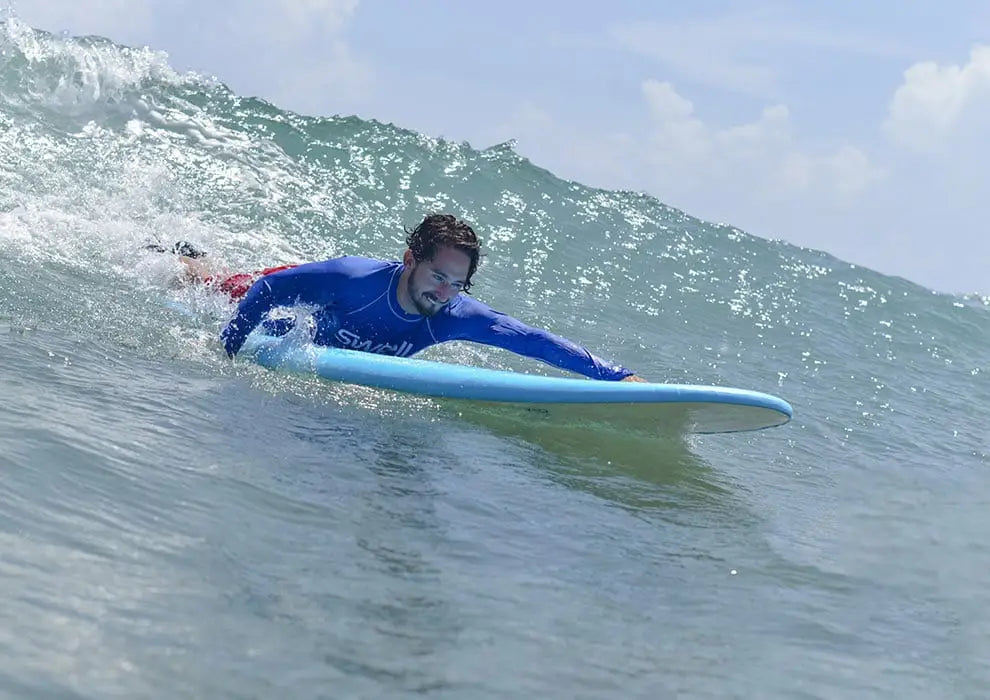
PHOTO CREDIT: SWELL SURF CAMP
Paddling Your Longboard
Longboards have a lot of volume and length and not much rocker, which makes them quite fast and easy to paddle. That being said, you don’t want to get into the habit of using your longboard as a crutch. Try to avoid double-arm paddling and make a habit of paddling fast on your longboard, even when you aren’t catching waves. This will give you a good workout and make you more comfortable on a board. Situate yourself as far forward on the board as possible without letting the nose go under, as this will help the board paddle faster. However, it is important to note that if you lie too far forward, the nose will “pearl” (go under the surface) when you take off on a wave, so it’s important to find a balance.
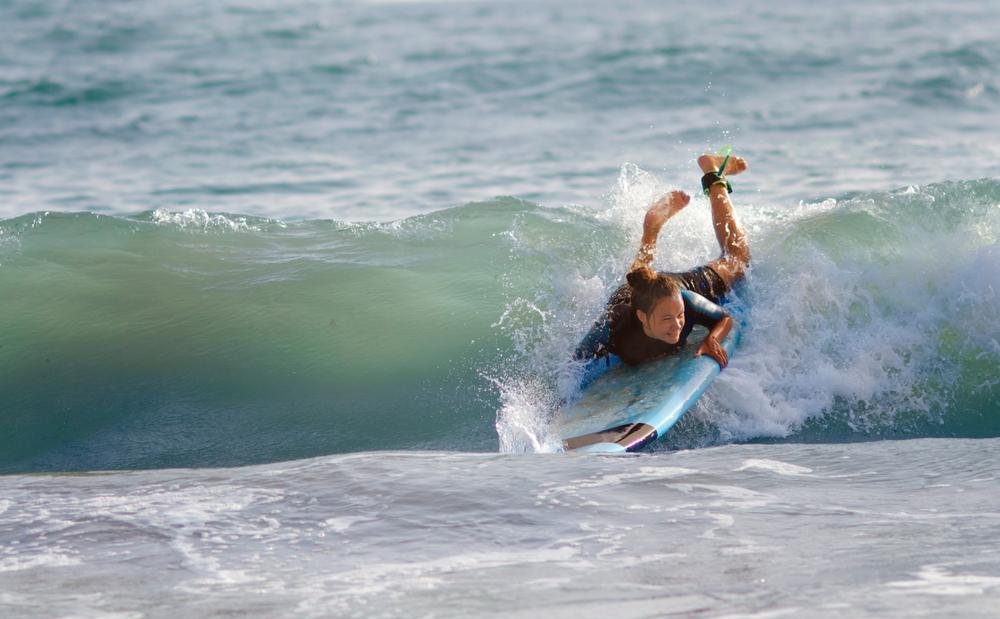
AVOID PEARLING / PHOTO CREDIT: WINDY.APP
Paddling Into Waves:
As mentioned above, longboards pearl easily because they are so long and flat (lacking rocker), so it is important to paddle into waves early on them (i.e., before the waves start breaking) so that you can drop in and setup easily. If you spin and go late, the face will be steep and it will be more difficult to keep the nose from pearling unless you are already a proficient surfer and are able to paddle into the wave at an angle, projecting down the line from the takeoff. Generally speaking, the earlier you can get in, the easier the drop will be on a longboard.
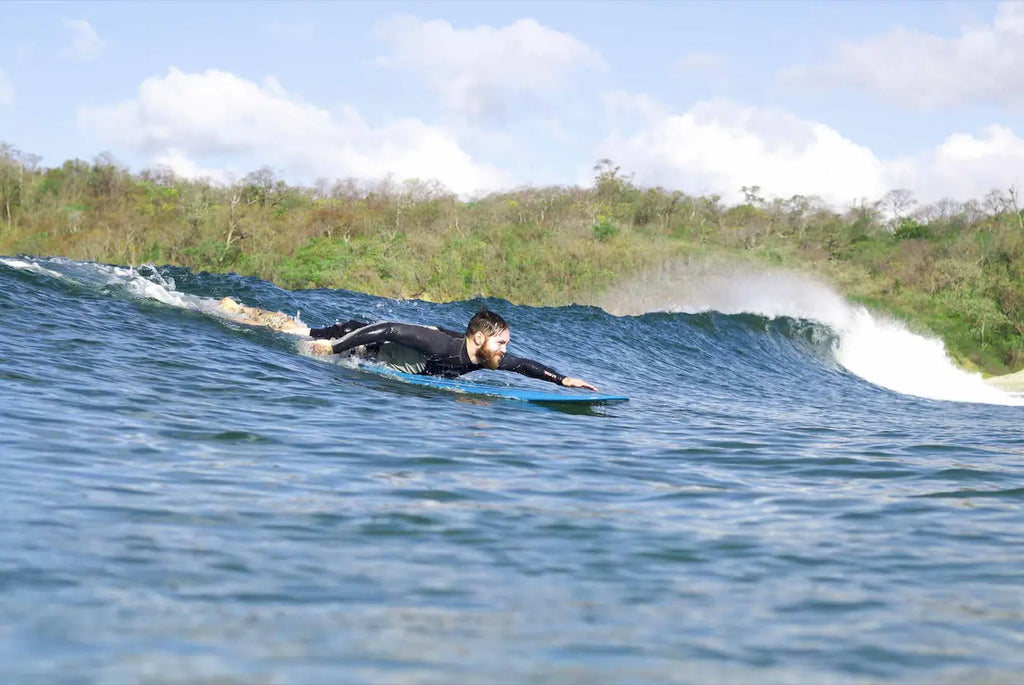
PHOTO CREDIT: BAREFOOT SURF TRAVEL
Getting Under Waves:
Because longboards have so much volume, they are virtually impossible to duck dive under waves (as you would with a shortboard). Instead, longboarders must find creative ways to get out past breaking waves.
The best option is to paddle out in the channel, where waves aren’t breaking.
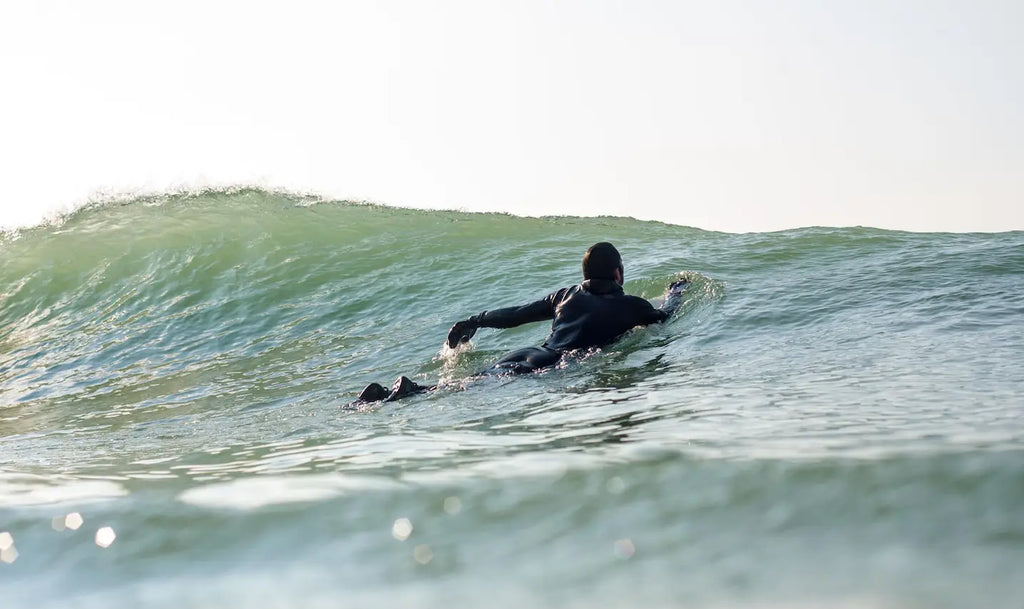
PHOTO CREDIT: FISTRAL BEACH SURF SCHOOL
However, there will be times when you must paddle out through the breaking waves. In this case, you have two options—try to paddle over the wave or turtle your board under it.
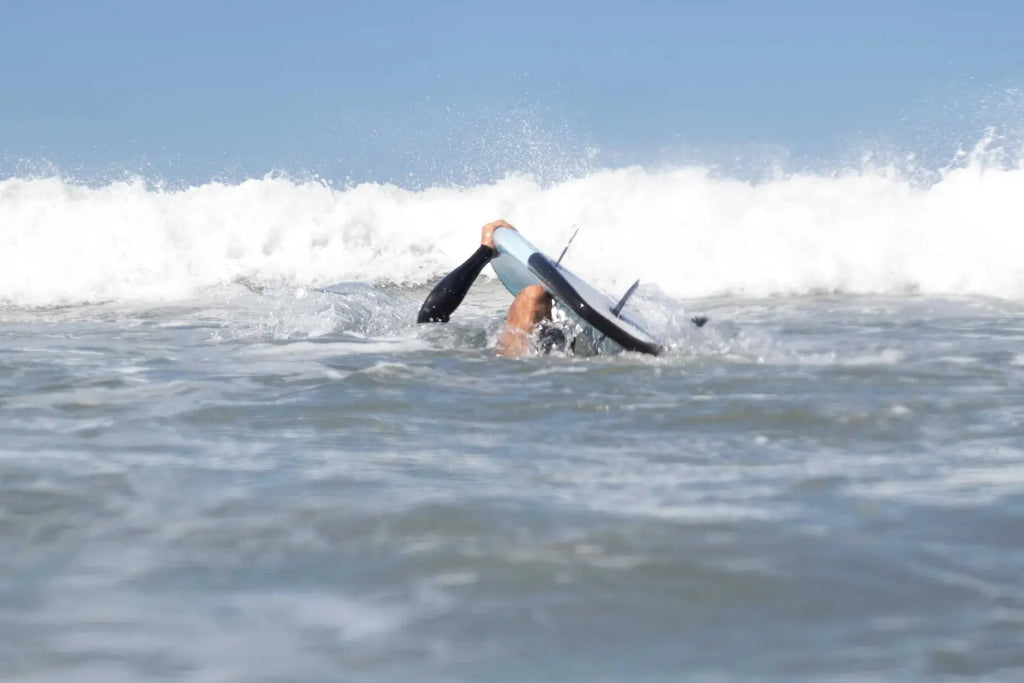
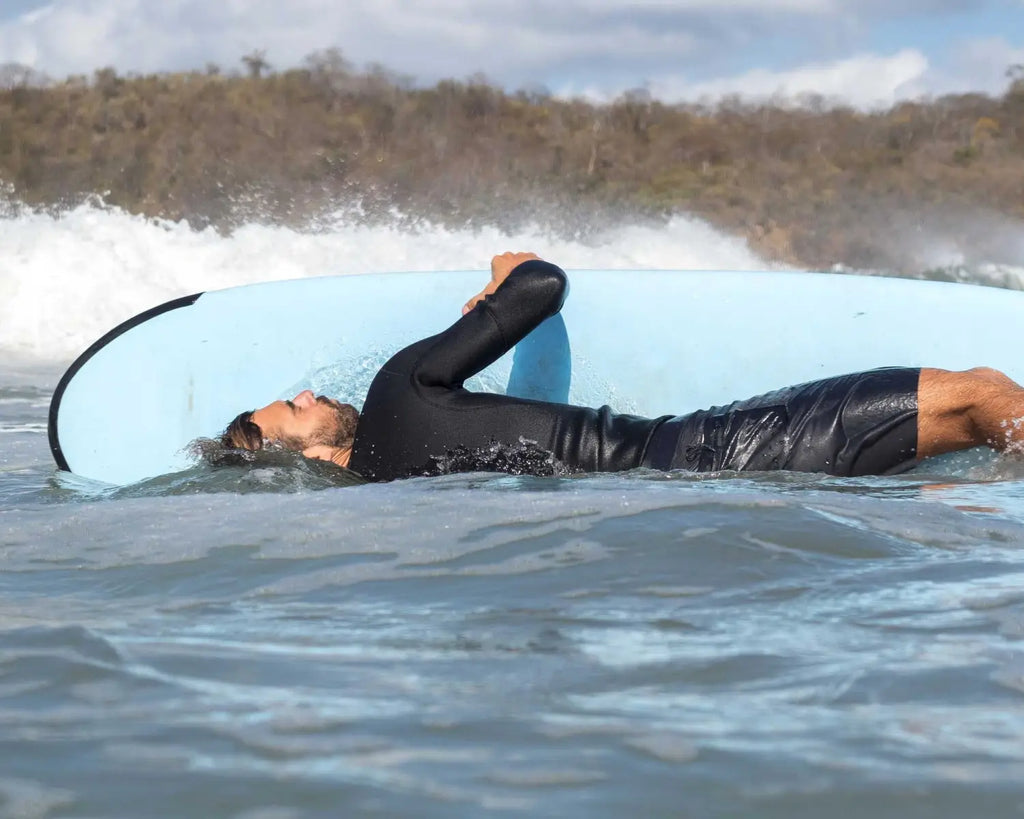
PHOTO CREDIT: BAREFOOT SURF TRAVEL
If the wave hasn’t broken yet, or if the whitewater is pretty small (less than knee-high), you may be able to get over it.
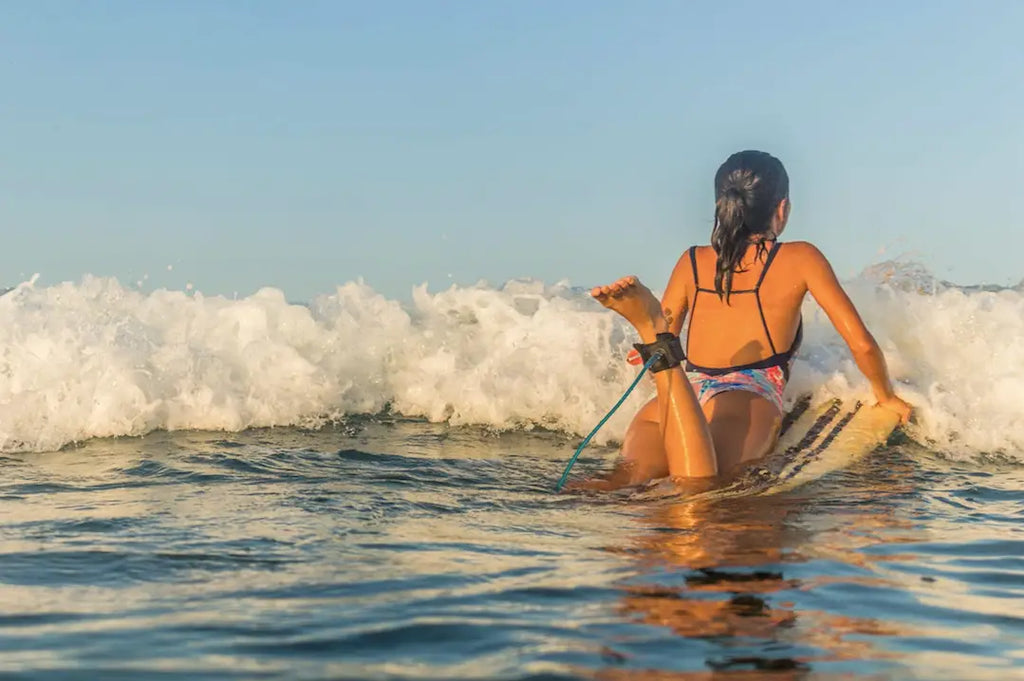
PHOTO CREDIT: MATI
Paddle your board straight toward the wave with some speed, then just before your board hits the wave, push up with your arms so that your back is arched, and you are putting pressure on the board with your hands to maintain control of it. Ideally, the nose will pop over the wave or white water and your body will follow with the rest of the board. If the wave is too big to pop over it, you will want to turtle. Once again, paddle straight toward the wave with some speed (you want your board to be perpendicular to the wave—if it is sideways or at an angle, the wave will pick you up and throw you). Then, a second before the wave hits you, flip upside down so you are under the board, hanging onto the rails tightly with your hands as the whitewater rolls over you. You might also benefit from thrusting the board toward the whitewater slightly right as it hits you, as this helps it break through the water. Then, once the whitewater has passed, flip the board back over, crawl back on, and keep paddling out for your next wave!
More Longboard Guides:
📌The Difference Between High-Performance Longboards and Logs
📌The Ultimate Guide on How To Choose The Right Fin Size For Longboards
